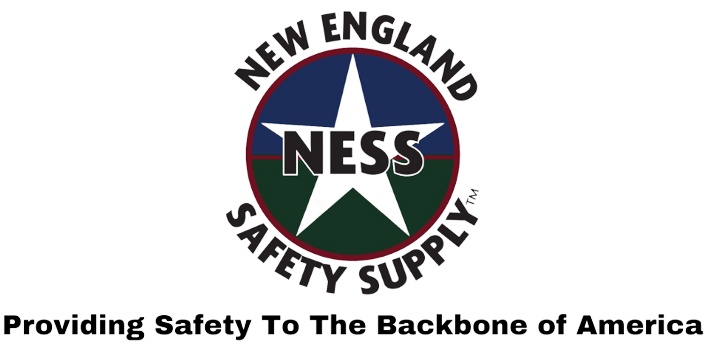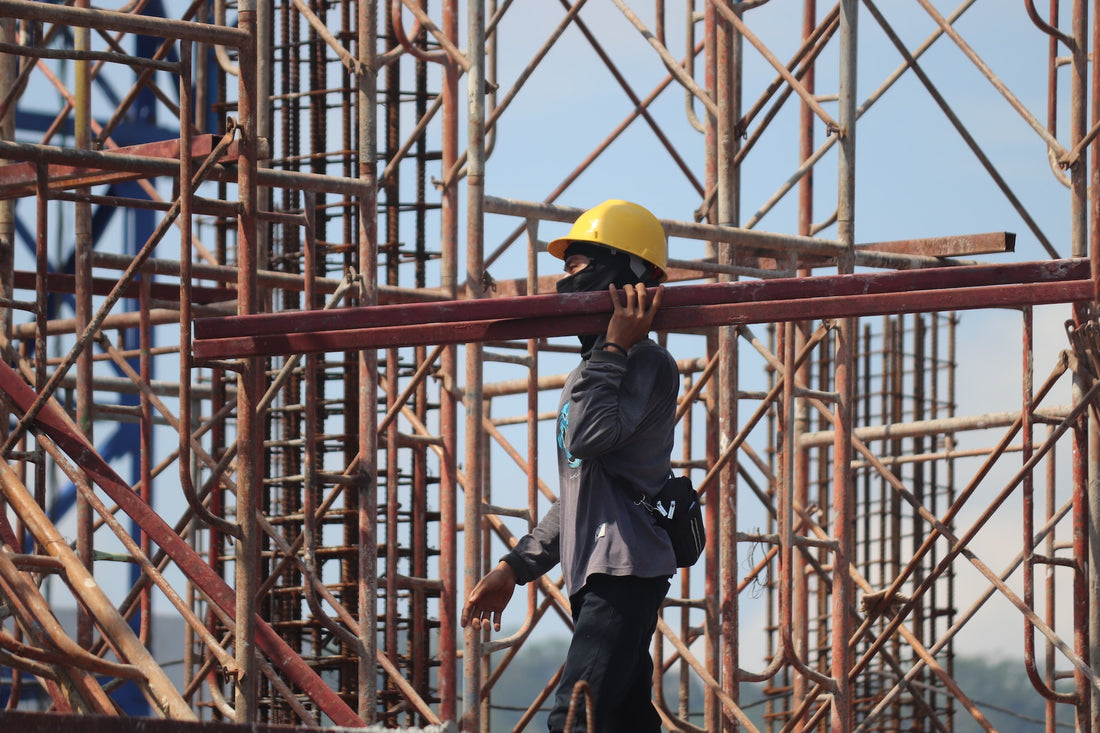The construction industry is one of the most hazardous industries in the United States. Workers in this industry are exposed to a wide range of hazards, including falls, electrical hazards, struck-by and caught-in/between hazards, and more. The Occupational Safety and Health Administration (OSHA) has published a guide to construction hazards, outlining the different types of hazards that workers may encounter on the job site.
This blog will provide a detailed overview of the hazards identified in the OSHA publication, as well as best practices for preventing these hazards.
Falls
Falls are one of the leading causes of fatalities in the construction industry. Workers can fall from ladders, scaffolds, roofs, and other elevated surfaces. The OSHA publication recommends the following measures to prevent falls:
- Provide proper fall protection equipment, such as safety harnesses, lifelines, and guardrails.
- Ensure that workers are trained on the proper use and maintenance of fall protection equipment.
- Inspect and maintain all fall protection equipment regularly.
- Provide adequate training to workers on the hazards of working at heights and the proper methods for safely accessing elevated surfaces.
- Ensure that ladders, scaffolds, and other equipment used for working at heights are properly maintained and inspected.
Electrical hazards
Electrical hazards are another common hazard in the construction industry. Workers may come into contact with live electrical wires, faulty equipment, or other electrical hazards. The OSHA publication recommends the following measures to prevent electrical hazards:
- Provide training to workers on electrical hazards and the proper use of electrical equipment.
- Use grounded tools and equipment and ensure that all electrical equipment is in good working condition.
- Ensure that workers do not come into contact with overhead power lines.
- Ensure that workers are trained to recognize and respond to electrical hazards, such as the use of lockout/tagout procedures to isolate electrical sources.
Struck-by Hazards
Struck-by hazards refer to the hazards that occur when a worker is hit by a moving object, such as a vehicle, equipment, or falling debris. These hazards can cause serious injuries or even fatalities. The OSHA publication recommends the following measures to prevent struck-by hazards:
- Provide proper guarding for all machinery and equipment to prevent workers from coming into contact with moving parts.
- Train workers on the proper use of equipment and machinery to minimize the risk of accidents.
- Ensure that workers are trained to recognize and respond to hazards associated with moving equipment and vehicles.
- Inspect and maintain all equipment and vehicles regularly to ensure proper functioning.
- Ensure that workers are trained to recognize and avoid potential struck-by hazards.
- Wear proper personal protective equipment (PPE), such as hard hats, safety glasses, and high visibility clothing, to increase visibility and protect against falling objects.
Caught-in/Between Hazards
Caught-in/between hazards refer to the hazards that occur when a worker is caught, crushed, or compressed between two objects, such as machinery or equipment. These hazards can also cause serious injuries or fatalities. The OSHA publication recommends the following measures to prevent caught-in/between hazards:
- Provide proper guarding for all machinery and equipment to prevent workers from coming into contact with moving parts.
- Train workers on the proper use of equipment and machinery to minimize the risk of accidents.
- Ensure that workers are trained to recognize and respond to hazards associated with moving equipment and machinery.
- Inspect and maintain all equipment and machinery regularly to ensure proper functioning.
- Ensure that workers are trained to recognize and avoid potential caught-in/between hazards.
- Wear proper PPE, such as hard hats and safety glasses, to protect against falling objects and flying debris.

Other hazards
In addition to the hazards listed above, there are many other hazards that workers in the construction industry may encounter. These hazards include:
- Exposure to hazardous substances, such as lead, asbestos, or silica.
- Heat stress and cold stress.
- Noise exposure.
- Ergonomic hazards, such as awkward postures and repetitive motions.
- Chemical hazards, such as exposure to paints, solvents, and other chemicals.
- The OSHA publication recommends the following measures to prevent these hazards:
- Provide proper personal protective equipment (PPE), such as respirators, gloves, and protective clothing.
- Train workers on the proper use of PPE and the hazards associated with hazardous substances.
- Monitor workers’ exposure to hazardous substances and implement appropriate controls to minimize exposure.
- Implement engineering controls, such as ventilation systems, to reduce exposure to hazardous substances.
- Provide training to workers on the hazards of heat stress and cold stress and the proper measures to prevent them.
- Implement engineering controls, such as air conditioning or heating systems, to minimize the risk of heat stress and cold stress.
- Provide hearing protection to workers exposed to high levels of noise.
- Implement ergonomic controls, such as adjusting workstations and tools to minimize awkward postures and repetitive motions.
- Implement hazard communication programs to ensure that workers are aware of the hazards associated with chemicals and other hazardous substances.
The construction industry is a high-risk industry with a wide range of hazards that workers may encounter on a daily basis. It is crucial for employers to prioritize worker safety by implementing effective hazard prevention measures and providing proper training and personal protective equipment.
By following the guidelines outlined in the OSHA publication on construction hazards, employers can minimize the risk of accidents and injuries in the workplace. It is also important for workers to take an active role in their own safety by reporting hazards and unsafe conditions, following proper safety procedures, and using personal protective equipment as directed.
Together, employers and workers can work towards a safer and healthier construction industry, where every worker can go home safely at the end of the day.
 (508) 492-8975
(508) 492-8975


